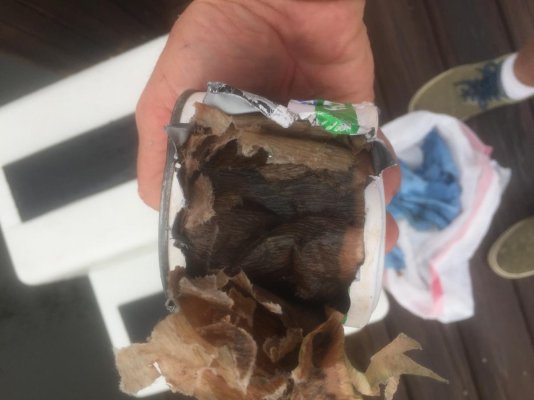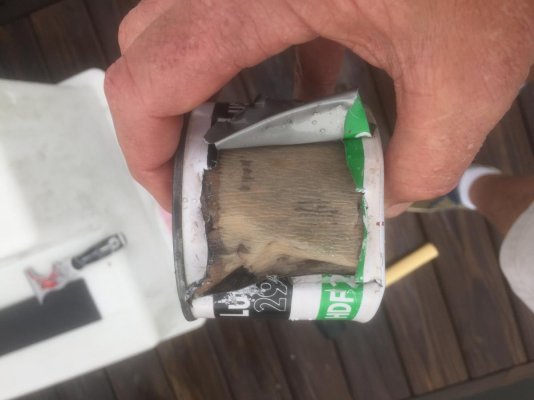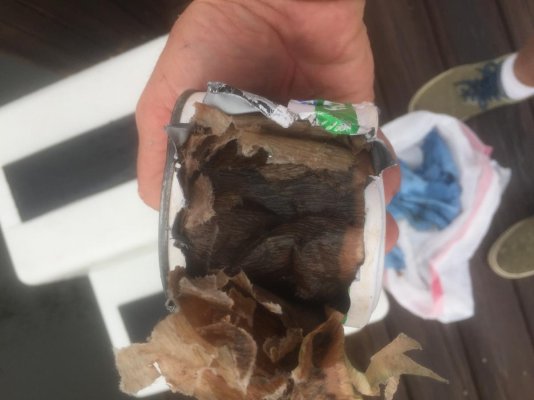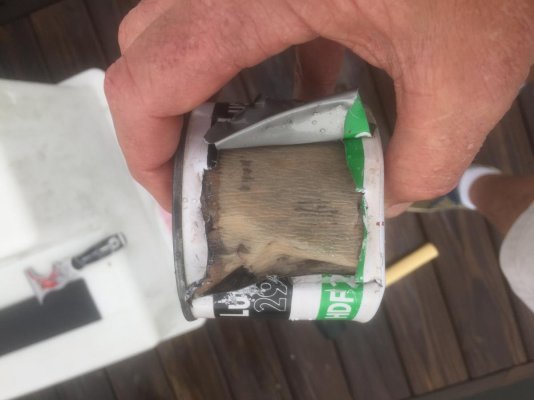firstbase
Guru
- Joined
- Nov 6, 2016
- Messages
- 1,644
- Location
- United States
- Vessel Name
- Black Eyed Susan
- Vessel Make
- Grand Banks 42' Classic
IMO, **** can the Racor 500s and get 900s.
And personally I'd run 10 or 2 micron elements in them.
As to the CAVs, there is s way to make them self bleeding if you are interested.
OK, I will bite..how do you make them self bleeding? Also, aren't the 900's sort of overkill for my engines or is the thinking simply that bigger is better?





